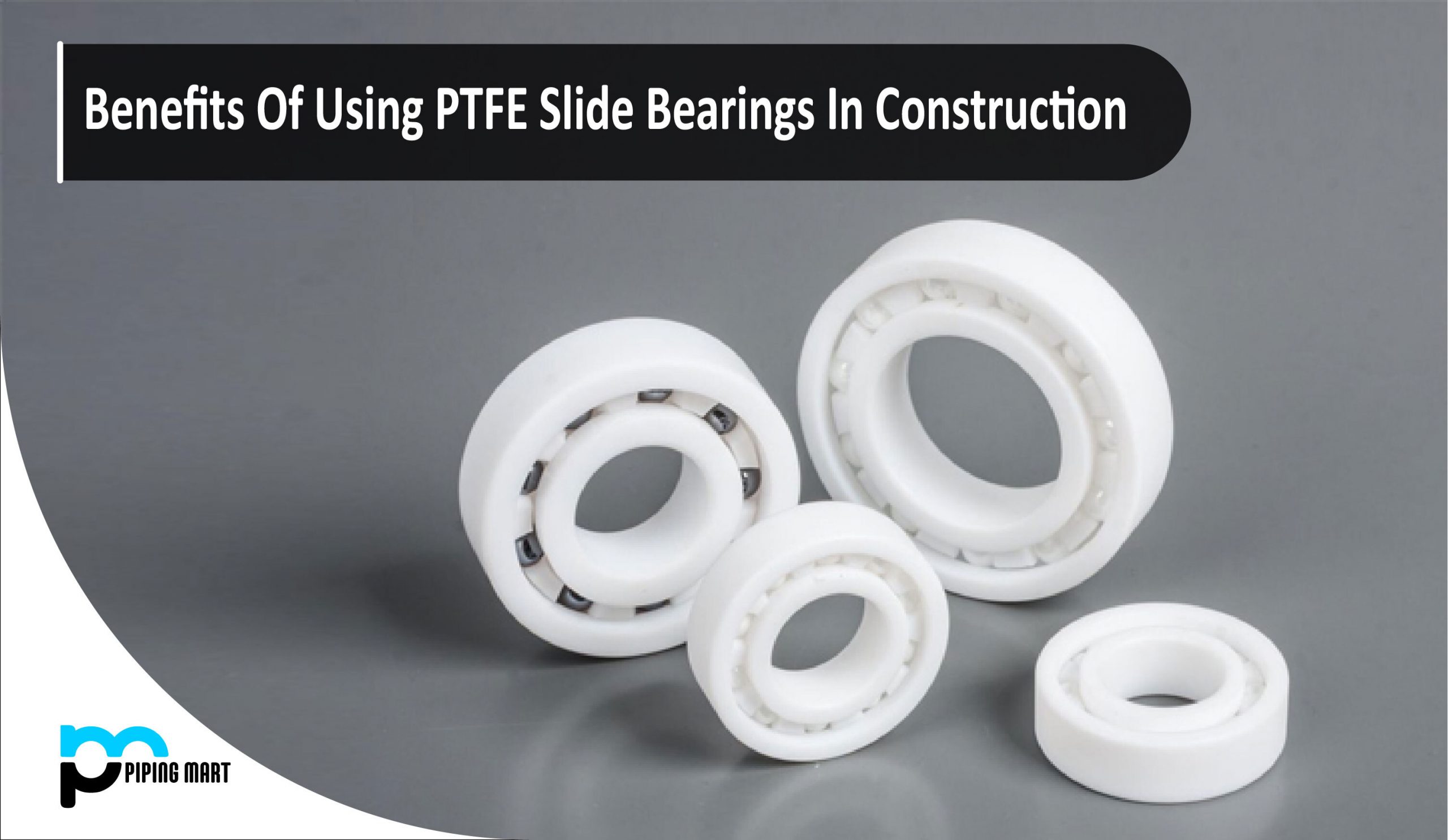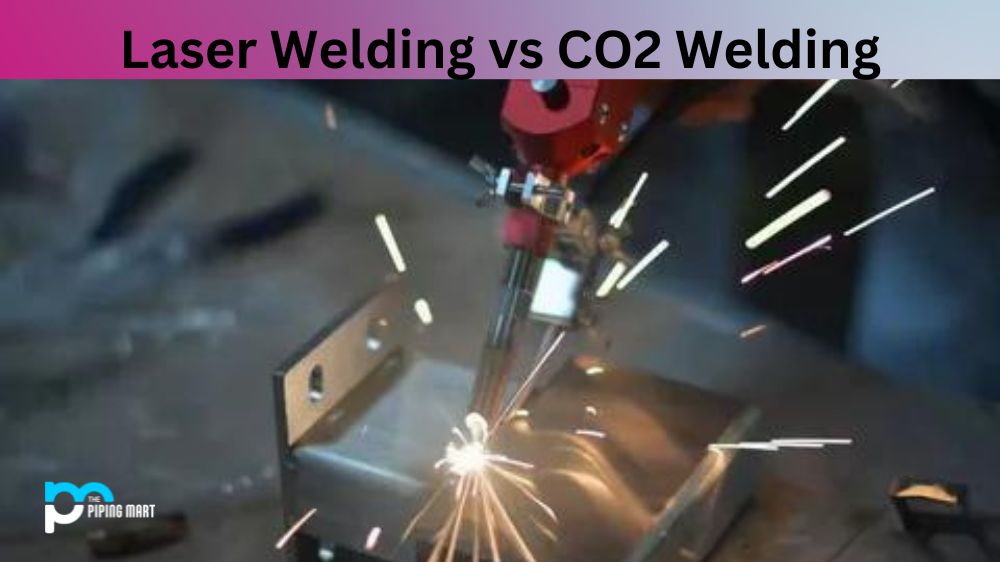When it comes to controlling the flow of fluids in pipelines, valves play a vital role. One type of valve that stands out in the market is a metal seated flanged ball valve. As the name implies, it comprises a ball and flanged ends for secure pipeline attachment. This valve design has unique properties that make it ideal for specific applications. This blog post will delve deep into the properties, uses, and applications of metal seated flanged ball valves.
What is Metal Seated Flanged Ball Valves?
Metal Seated Flanged Ball Valves are three-piece valves used in various pressure and temperature applications. They are designed for easy maintenance, providing tight shutoff, durability and corrosion resistance. The metal seated ball valve consists of a body, seat ring and ball with flanged ends. Flow opens when the handle is turned to open the seat, allowing flow through the ball. The precision machined surfaces guarantee leak-proof operation even under extreme pressure or temperatures.
Metal Seated Flanged Ball Valve Properties
Metal seated flanged ball valves feature a ball with a metal seat that provides a tight seal for fluids. The ball rotates on its axis to open or close the valve, allowing the fluid to flow. The metal seat material is usually graphite or tungsten carbide for durability and to prevent leakage. Moreover, the ball has a wiping effect that cleans the seat as it rotates to enhance tightness. Additionally, the flanged ends provide attachment to pipelines and ensure stability during operation.
Uses and Applications of Metal Seated Flanged Ball Valves
Metal seated flanged ball valves find application in industries that handle high-temperature fluids and abrasive media. The metal seat and ball materials offer protection against corrosion and erosion for durability. Some typical uses include controlling steam, chemicals, slurry, gas in power plants, mining operations, and chemical processing plants. The valves are also ideal for high-pressure applications and critical systems requiring tight shut-off.
Advantages of Metal Seated Flanged Ball Valves
Unlike other valves, metal seated flanged ball valves offer several advantages. First, the tight seal ensures zero leakage, providing excellent fluid control. Second, the valves’ durability ensures long service life, reducing maintenance costs. The ball’s movement produces a wiping action that cleans the seat, extending the valve life even more. Third, the valves offer bidirectional flow, providing installation flexibility. Finally, metal seated flanged ball valves are fire-safe and thus suitable for fire-protection systems.
How to use Metal Seated Flanged Ball Valve
Before using a metal-seated flanged ball valve, ensure it is compatible with the fluid or gas to be transported. The sealing and the seat material must be resistant to the fluid’s temperature, pressure, and corrosiveness. The valves must also be installed in accordance with the manufacturer’s instructions to prevent leakage and damage. Always ensure the valve is fully open or fully closed when in use, not in-between, to avoid damage to the ball and the seat.
Limitations of Metal Seated Flanged Ball Valves
While they offer many advantages, metal seated flanged ball valves have limitations. Because the metal seat and ball make contact, some wear over time leads to reduced seal quality. Moreover, metal-on-metal contact causes a significant increase in torque required to operate the valve. It is crucial to perform regular maintenance to keep the valve in optimal condition.
Conclusion:
In conclusion, metal seated flanged ball valves are invaluable for controlling fluid flow in pipelines. Their unique properties make them ideal for industries that require durability, fire safety, and tight shut-off. While they have some limitations, quality maintenance ensures longer service life and cost-effectiveness. This information makes choosing the right valve for your specific application a breeze.

Hey, I’m Krutik, a casual blogger expert in the metal industry. I am passionate about providing valuable information to my readers. With a background in engineering and construction, I like playing Cricket & watching Netflix shows in my free time. Thank you for visiting my blog, and I hope you find my information helpful!




